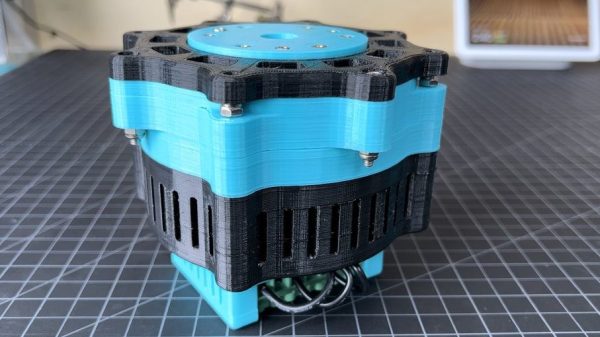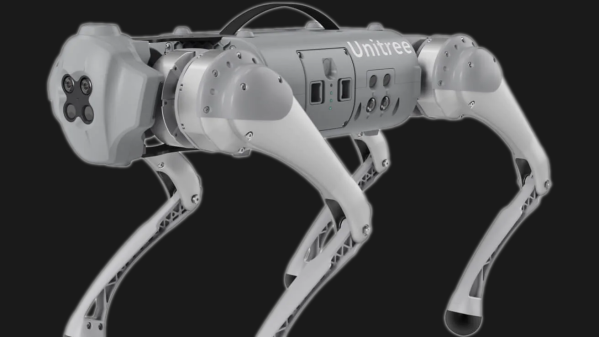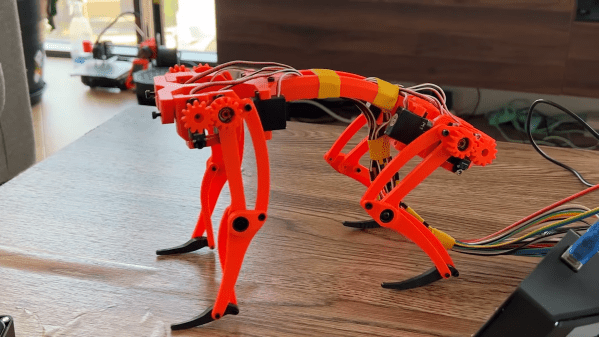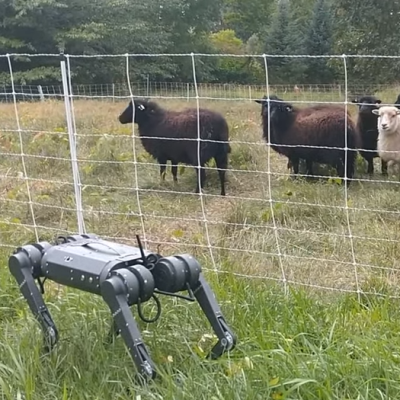With Superconference 2024 in the books, Dan joined Elliot, fresh off his flight back from Pasadena, to look through the week (or two) in hacks. It was a pretty good crop, too, despite all the distractions and diversions. We checked out the cutest little quadruped, a wireless antenna for wireless communications, a price-tag stand-in for paper calendars, and a neat way to test hardware and software together.
We take the closest look yet at why Arecibo collapsed, talk about Voyager’s recent channel-switching glitch, and find out how to put old Android phones back in action. There’s smear-free solder paste application, a Mims-worthy lap counter, and a PCB engraver that you’ve just got to see. We wrap things up with a look at Gentoo and pay homage to the TV tubes of years gone by — the ones in the camera, for the TV sets.
Download the zero-calorie MP3.
Continue reading “Hackaday Podcast Episode 295: Circuit Graver, Zinc Creep, And Video Tubes”



















